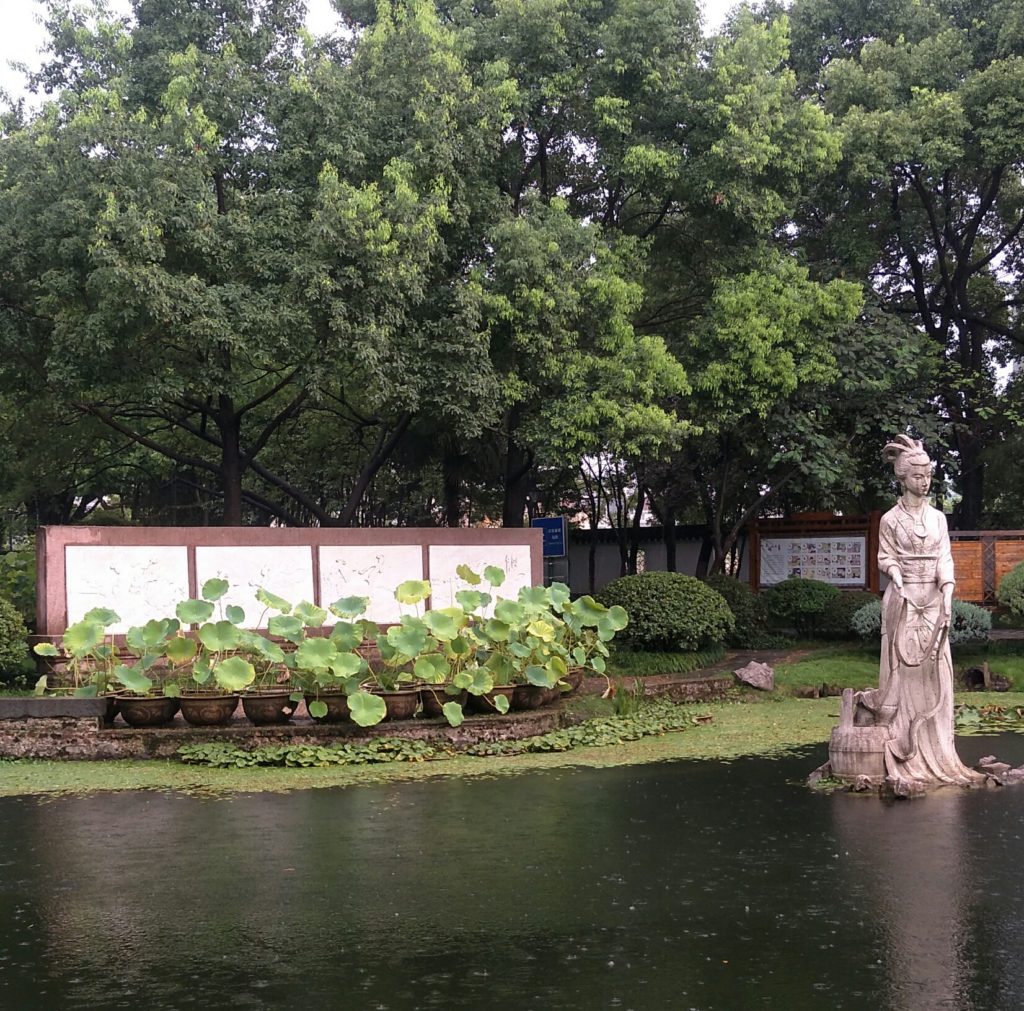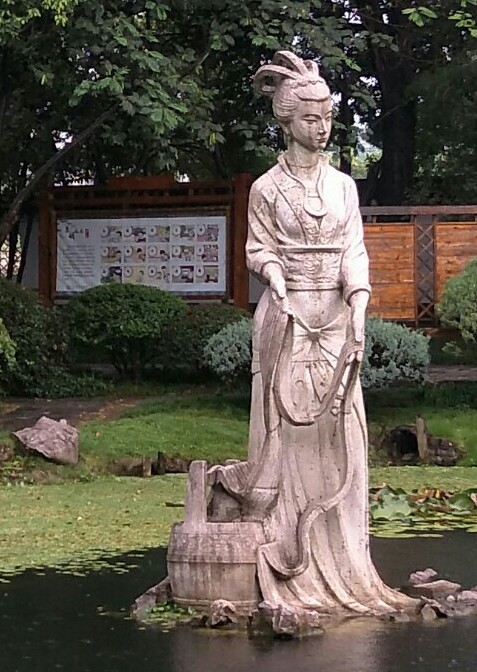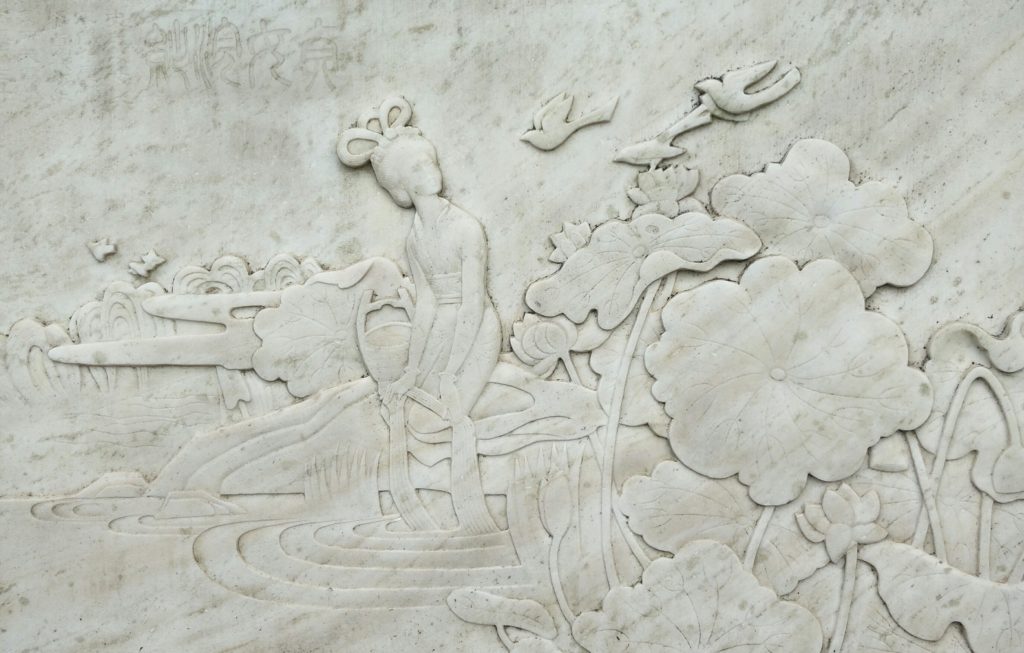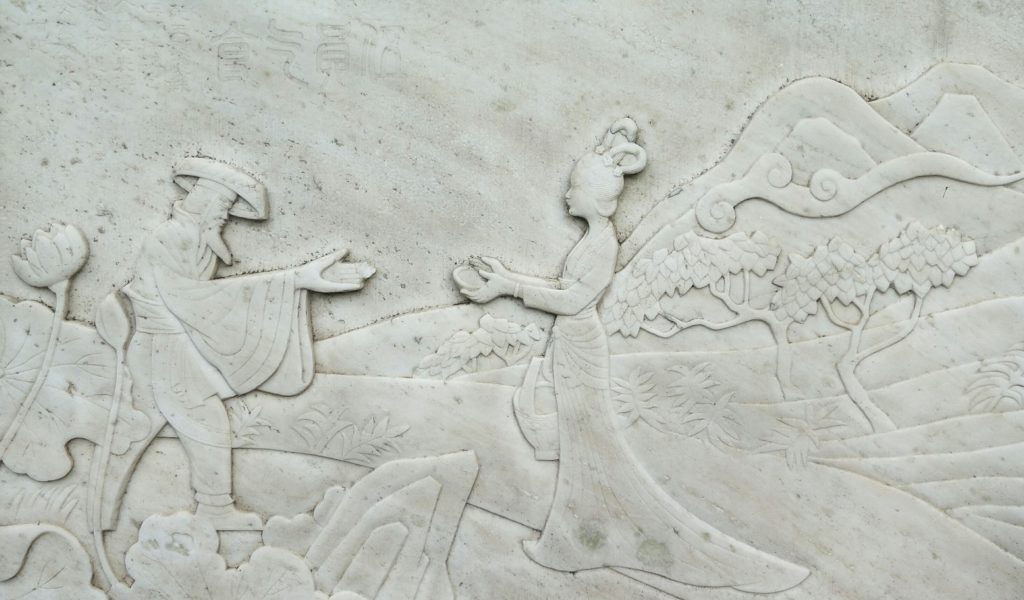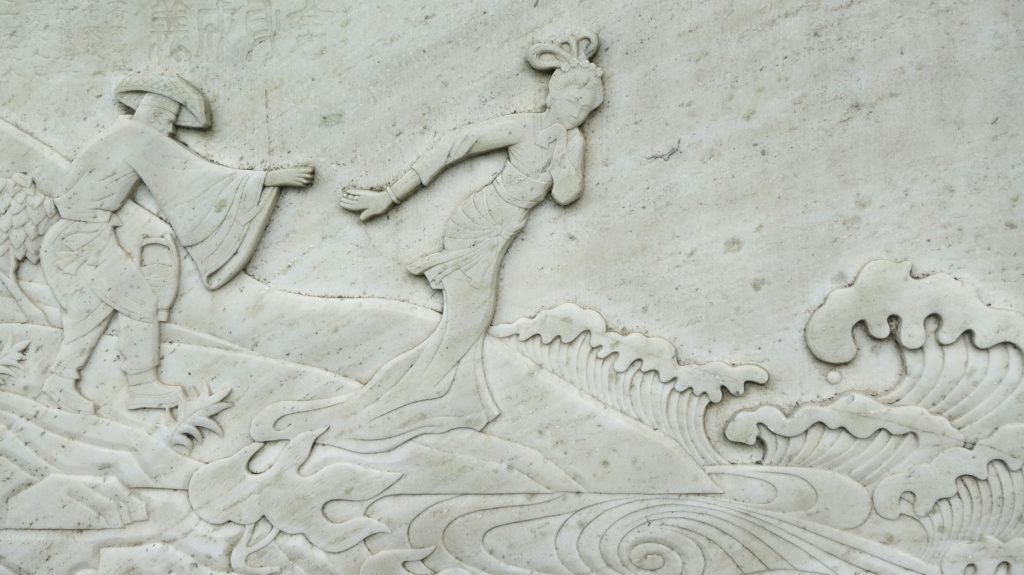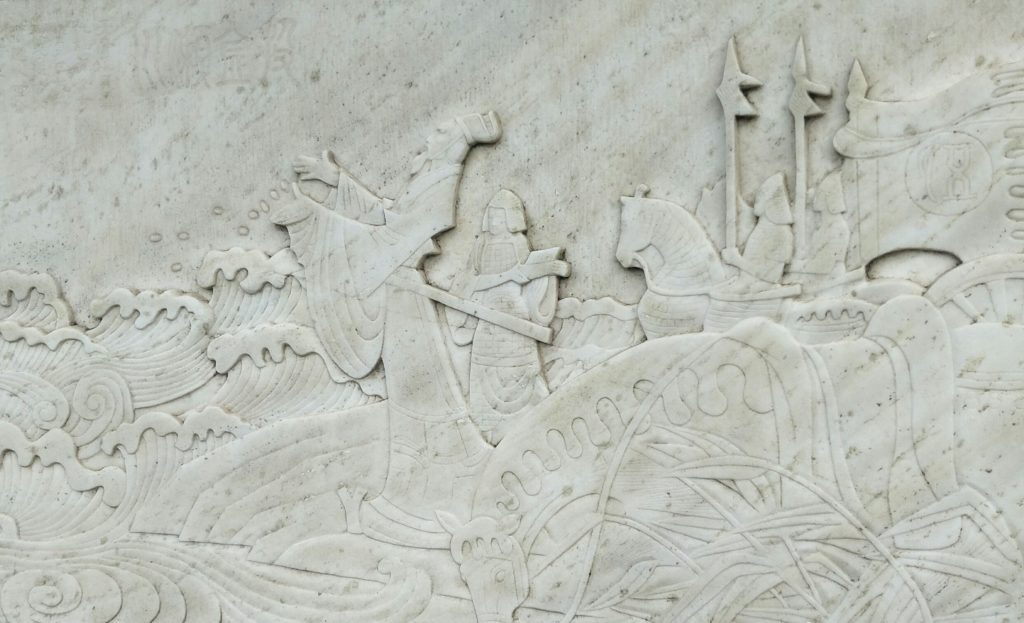
HOSS FIGHT (Noun): 1. A very violent confrontation between two very large, beefy slabs of manhood, usually in a professional wrestling ring. See Undertaker V. Kane.
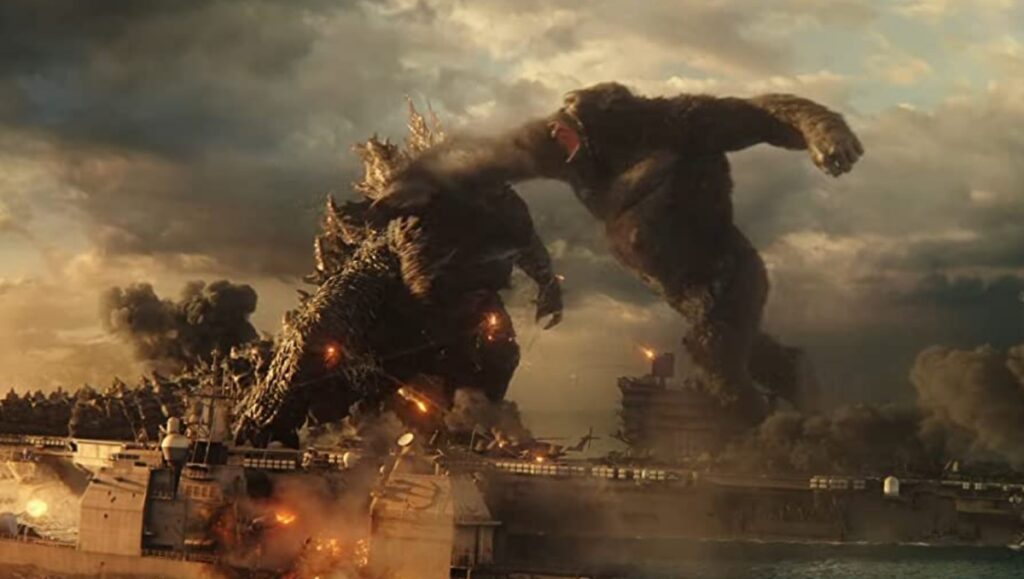
2. When two giant science fiction monsters, aka kaiju, collide with massive urban destruction as collateral damage. See Godzilla v. Kong or mostly anything involving the Godzilla.
Of course, I got to thinking about this in one of the most random of rural places.
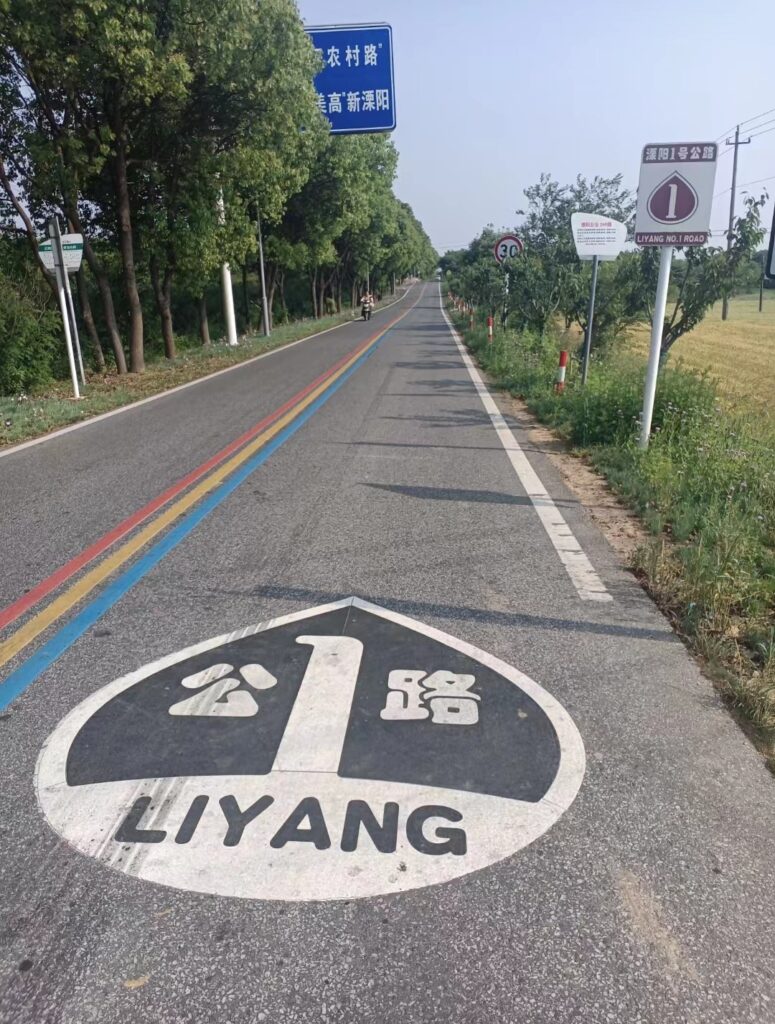
Liyang #1 Road is a scenic drive through the country side. Sometimes, this route is also referred to as “The Rainbow Road” because of the red, yellow, and blue center stripes. About six months ago, I passed the Chinese driving test, and I now possess a license. A friend of mine figured out how to rent cars, and we decided to get as far outside of Changzhou proper without actually leaving the prefecture — because of COVID travel restrictions and not wanting to quarantine upon reentry. While driving, I religiously avoided toll roads for the same reason.

One way, the distance was about 72 kilometers. Along the way, we passed by Xitaihu Lake in Wujin and through the district of Jintan. The destination was the Bieqiao Scenic Spot 别桥原景区. Liyang’s signature tourist destinations has always been Tianmuhu Lake and the Bamboo Forest, but Bieqiao has always had some mentions online. I actually spotted this destination using Baidu Maps, and something in particular intrigued me.

Among other things, Bieqiao is made up of rice fields. The area is home to a sculpture park called Dao Meng Kongjian 稻梦空间. The statuary here is entirely made from twisting, knotting, and fusing straw stalks together. The effect is a bit surreal. The translation of the Chinese name reinforces that: Rice Dream Space.
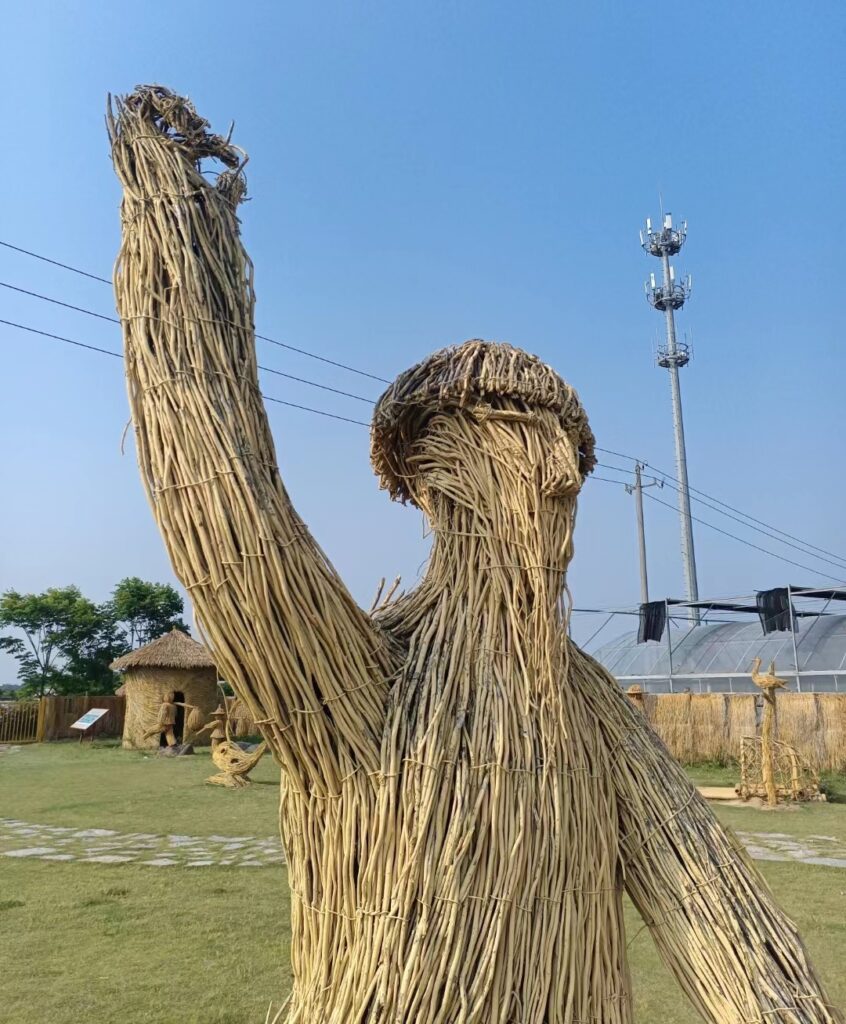
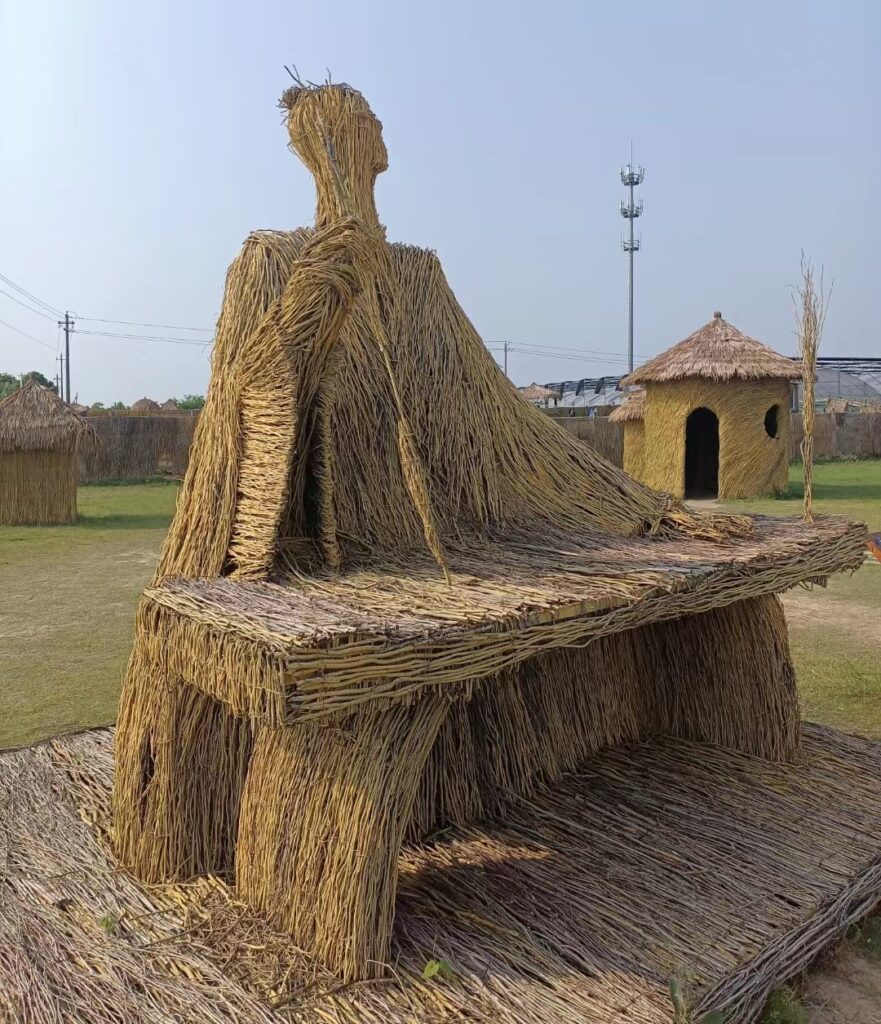
If human figures can seem unworldly, the park can get bizarre rather quickly. We will skip pieces depicting airplanes and just jump straight into it.

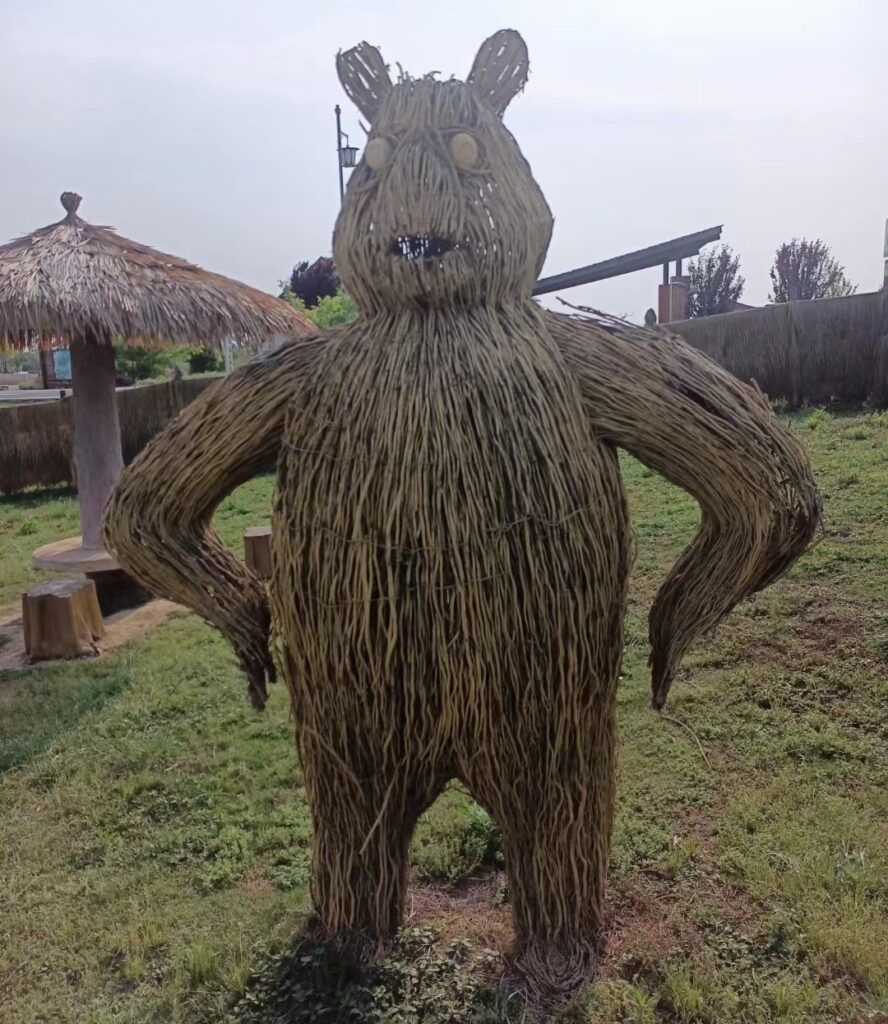
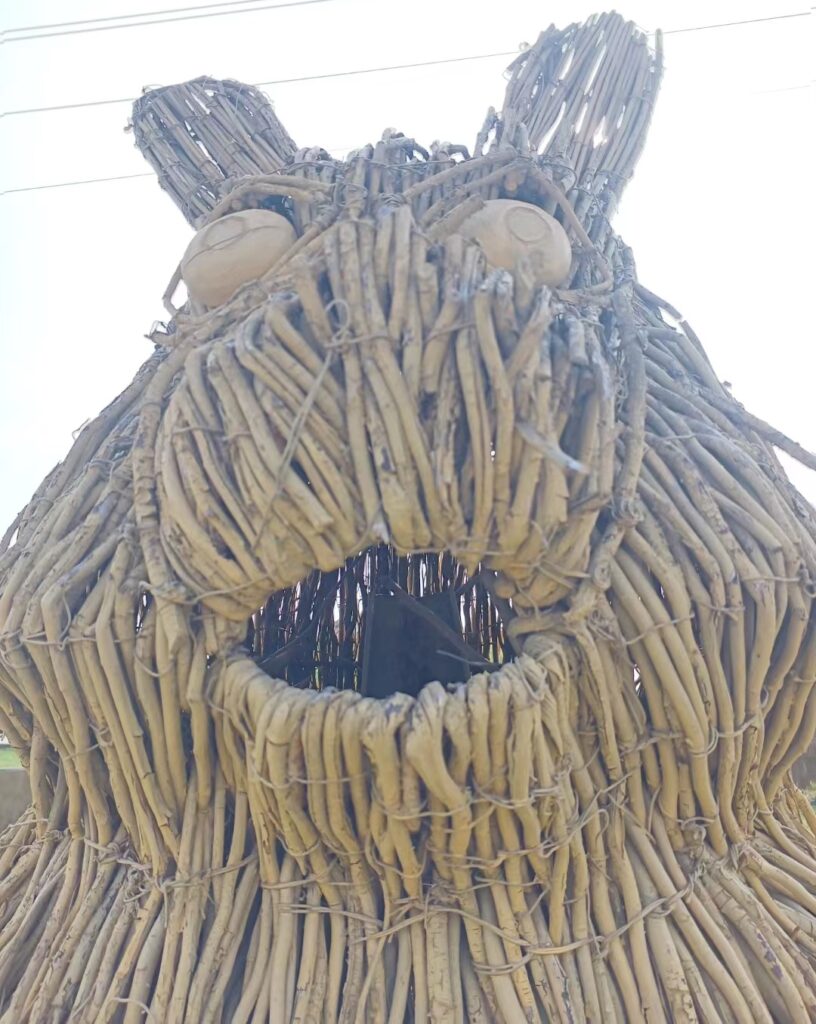
There are two giant spiders here as well.
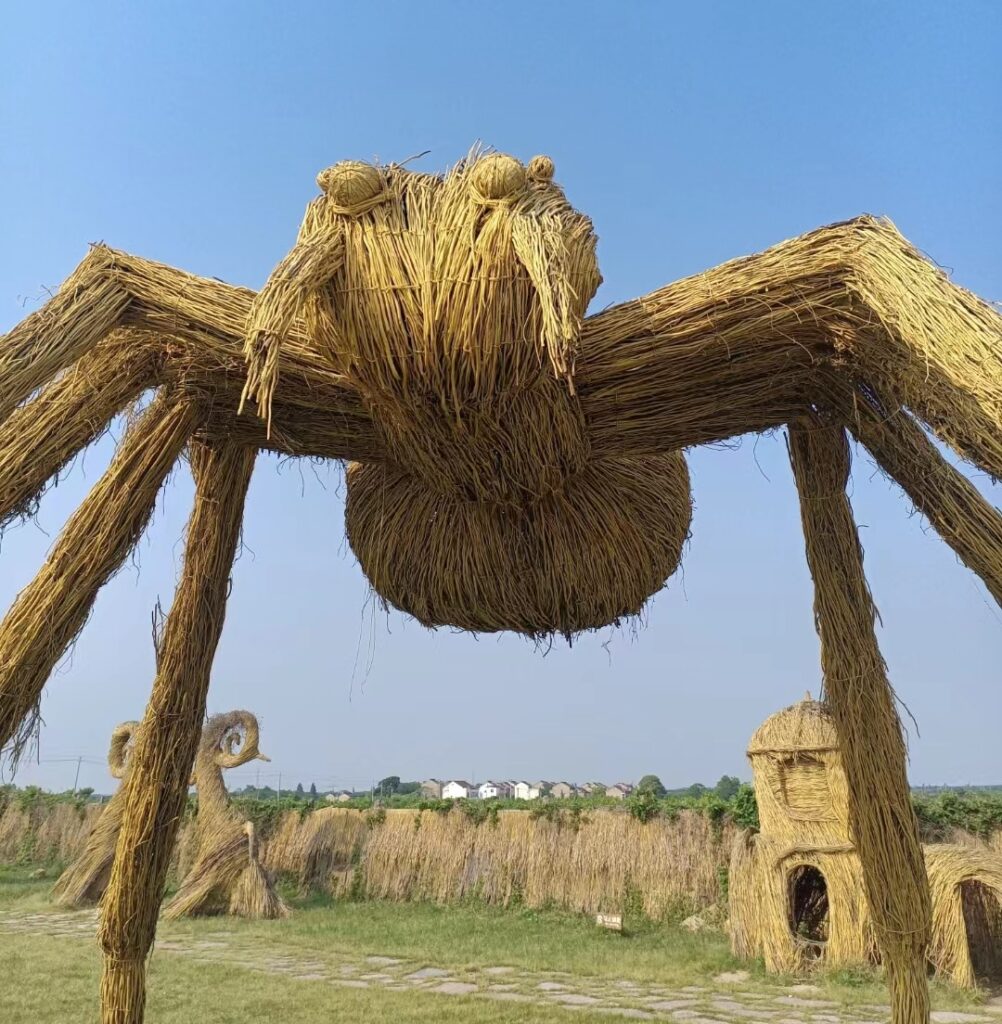
So, did spiders make me think of hoss fights? No.
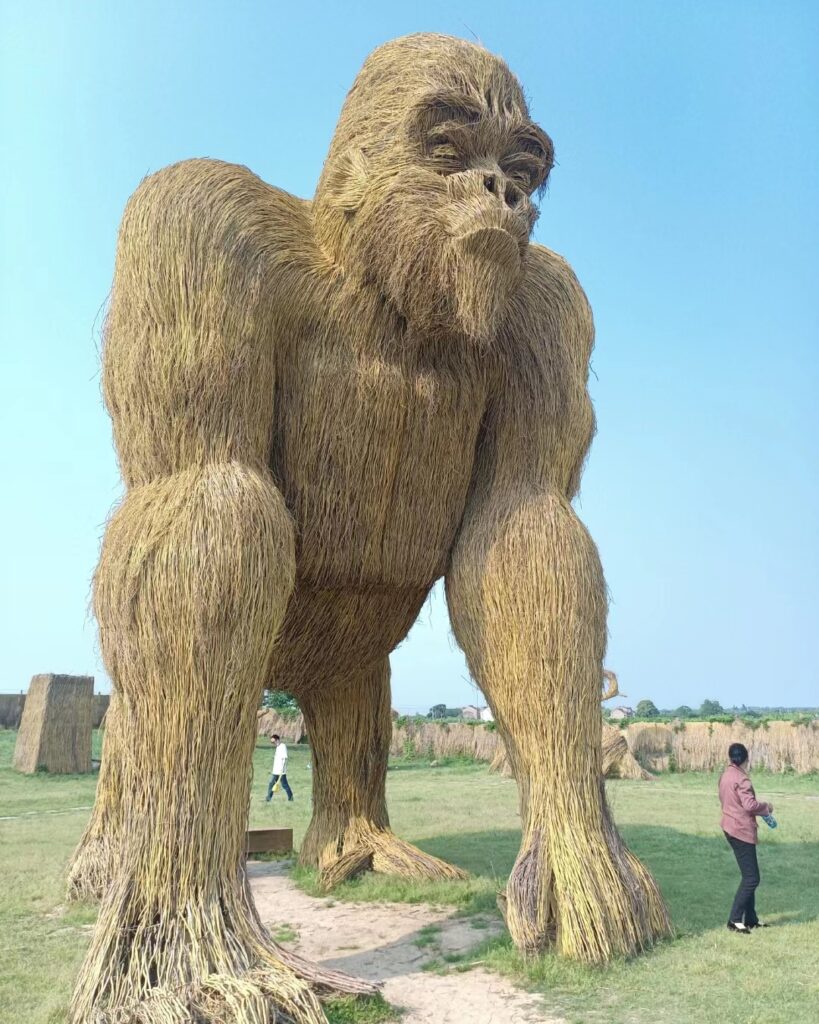
Well, I must refer back to the second entry of my above definition of hoss fight. In this corner, we have a giant gorilla. Notice the Chinese dude on the right for sizing scale.
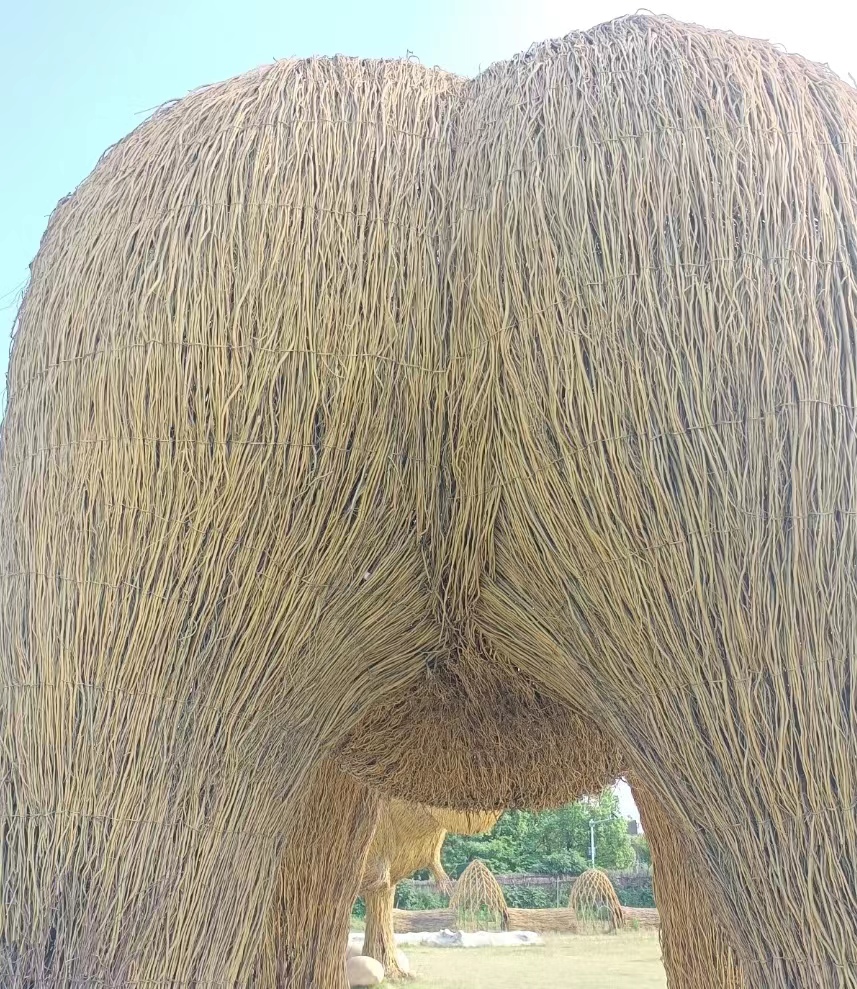
And, of course I had to snap a butt pic.
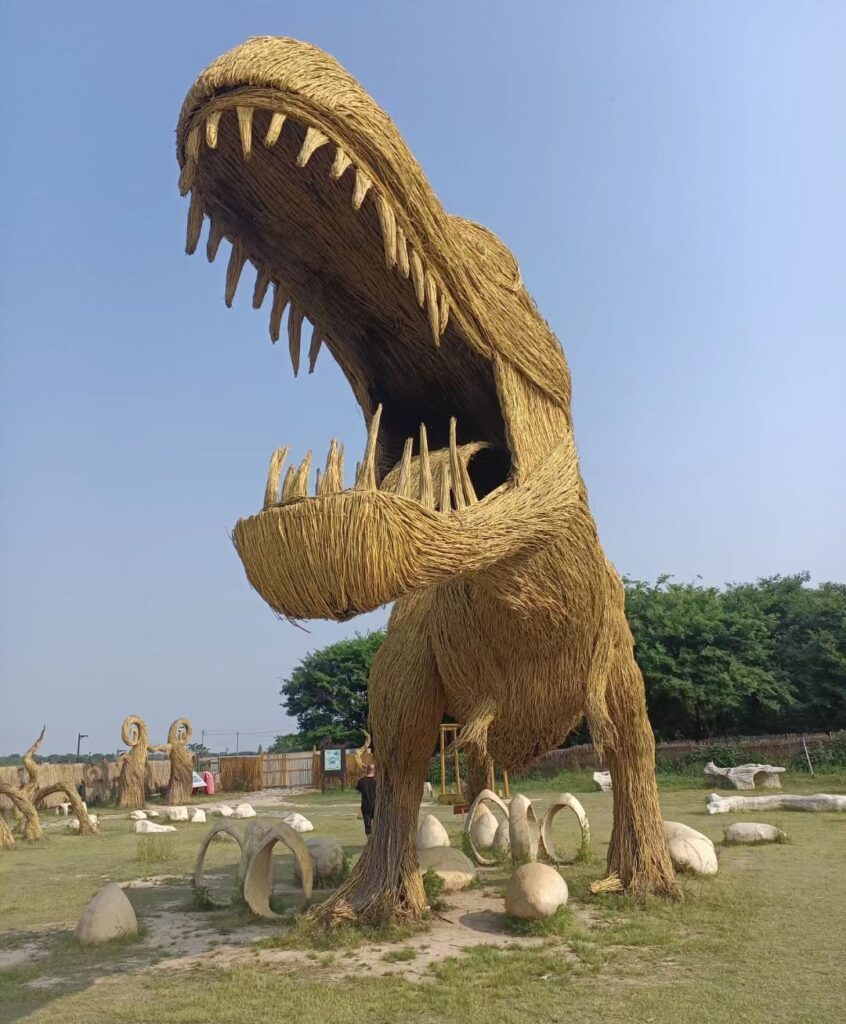
And in this corner, we have a dinosaur. The stubby arms suggest a T-Rex. It’s possibly a female, if one considers the cluster of egg-shaped stones clustered around this giant lizard. Again, for size perspective, notice the guy behind the left leg.
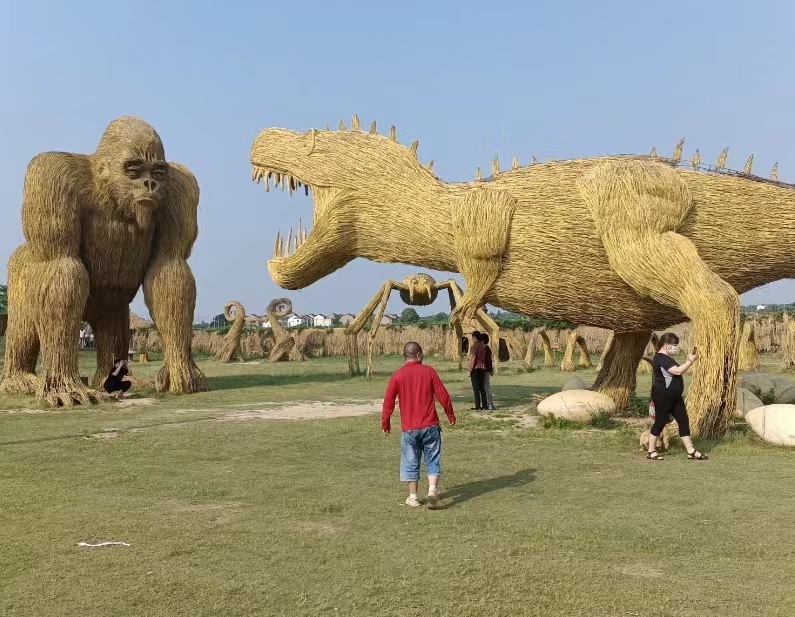
If you consider the eggs, the ape here is likely the aggressor. However, since this a sculpture park, this particular hoss fight is still in pre-fight theatrics and stand offs. The gorilla has yet to stand up and beat his chest. This is a fight stuck in time, and it always will be. Your imagination has to do the rest
As much as I enjoyed visiting this part of Bieqiao and Liyang, coming here made realize how easy it is to miss a lot of things while traveling China without having access to a car you can drive yourself. There is no public transportation access to Bieqiao and this particular park.
So, it made me extremely grateful to have a license and access to car rentals. Consider these DiDi prices as they are only one way and only point-to-point travel. Renting is way much cheaper. Because of that, I look forward to renting and driving out to much more places like this.






